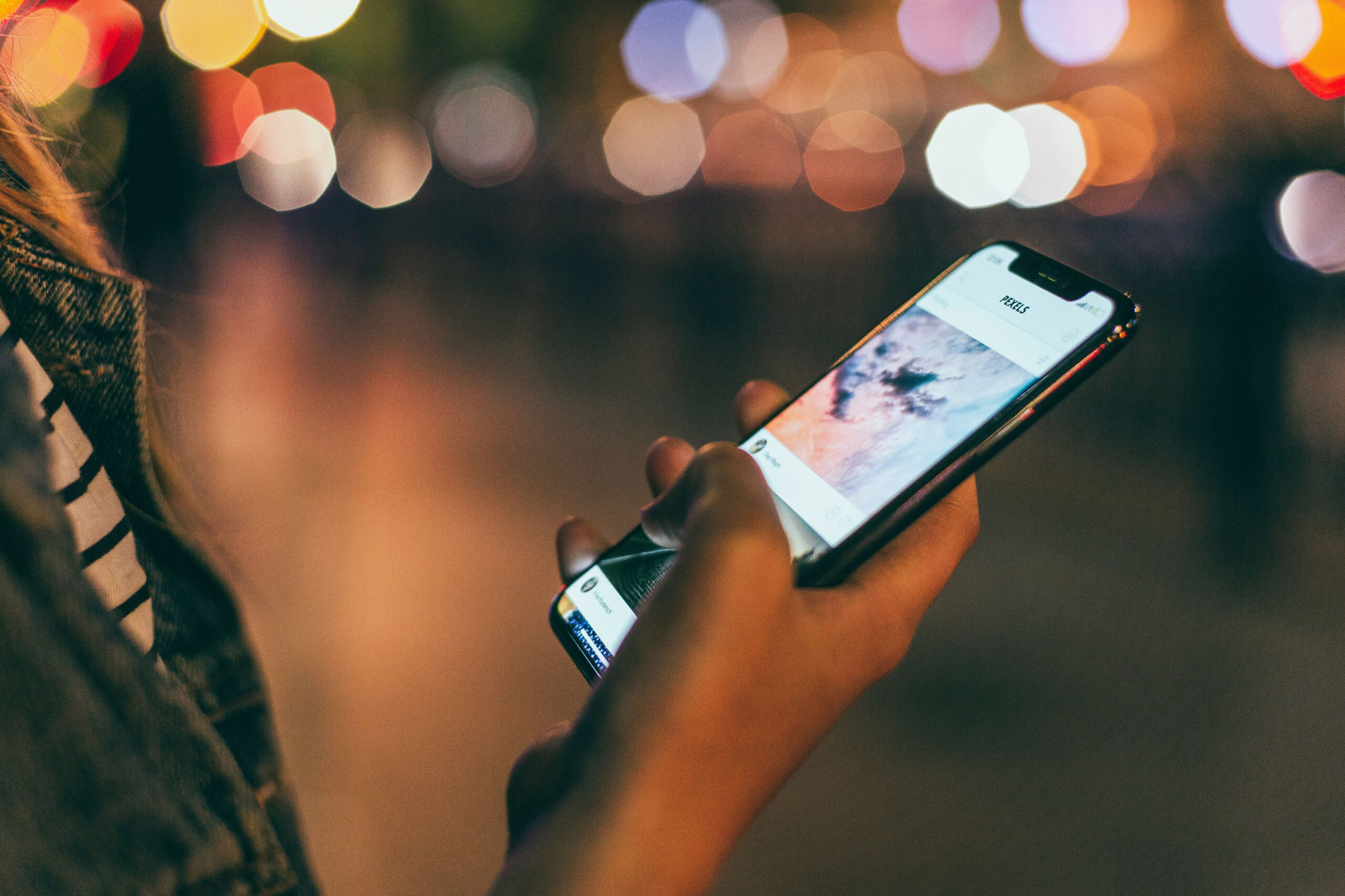Smartphones and windows hone become an essential part of our life. We cannot even imagine our lives without our mobile phones. Application or app is the most essential for communication, business, education, and other stuff. Especially, due to this pandemic, our lives become app and internet-based. We became more digitalize during this pandemic. Now our smartphones and app become our workplace. Huawei is now the world’s biggest smartphone maker in terms of shipment. Many of us know the name of this company but do you have any idea about this company? May be no. Huawei Technologies Co. is a Chinese multinational technology company used to design, manufacture, and sell telecommunication equipment and electronic gadgets. The headquarters of this company was placed in Shenzhen, Guangdong. This Chinese tech firm is the main rival of Samsung. This company beats its rival Samsung in Q2, 2020 mainly based on domestic sales in China. For the first time in nine years, a company other than Apple and Samsung led the market.
Huawei is popping up all over the news because of the turbulence given by this company in just 14 months, it has endured since the US issued an embargo forcing it to stop using Google’s flavor of android in the handsets. But no doubt that for now, Huawei suppresses the world-famous Samsung. The future of Huawei in the market of smartphone look gloomy because of the app restriction enforced by US ban. Huawei’s predicament is similar to the Windows phone. The user of Newer phones of Huawei cannot access big-name apps without jumping through gargantuan hoops. As we all know that the operating system of Microsoft mobile phones is often packed with some of the best hardware in the market. Nokia’s handset provides us an amazing camera quality where Windows phone has lacks of apps. Microsoft spent a huge amount of resources for convincing developers to build an app for Windows phone, even holding developer’s competitions. Microsoft persuades some companies to build apps for their platforms but the apps were not at all full-featured as their iOS and Android counterparts, and a fair chunk of them was rarely updated.
Huawei’s electronic devices are famous for some unique features such as AI-infused chips and quality cameras. They also trying to motivate developers to join its platform and for that, they already launched a contest that builds on its $1 million Shining Star developer program. Since the Us embargo came into effect the development of Huawei mobile service gets doubled. They took an amazing initiative to replace the Google ecosystem. They designed their version of Google Mobile Services (GMS) as an alternative to Google. They also create tools for the Huawei platform. Since last year this company has 1.6 million developers on board, an increase of 76% year on year. More than 80,000 apps are used as the elements of HMS. But the users don’t care about all these metrics. Consumers and users only care about the accessibility of the tools and services they want. There are almost 3 million apps but the number of apps is not important here. Consumers care about the pertinence and the services that the apps provide. So, Huawei tries to evaluate the users and how many apps they usually use on their phones. They finally get that about 80 apps are used by the users on a normal basis, so for them, offering 3 million apps to their users is more than enough.
Huawei always believes in quality over quantity. So, the worldwide popular apps are simply not available through the AppGallery app store. After the US embargo, the users of Huawei users don’t notice any difference in their app selection cause the restriction only affects the newer Huawei and Honor branded handsets. In new Huawei or Honor devices you cannot access WhatsApp, Instagram, Uber Eats, Facebook, Netflix, Twitter, Amazon Prime, Spotify, eBay, etc. easily. You can use the services of these apps with the help of a browser but get less functionality. Huawei introduces the service called petal search, through which you can search for APK files or Android apps available and download directly from their websites. But it is difficult to update your apps from time to time. A core function is served by Google and Huawei’s respective mobile services. Amazon, Microsoft, etc. have already embraced AppGallery. Once Microsoft faced the same problem as Huawei with their Windows phones. For Huawei, the challenges are much easier cause the devices of Huawei are based on Android.
But this company is racing against the clock. Many people still access Google’s Android where people have easy access to every app. Now Huawei is trying to get its house in order before the consumer being upgrading to new devices. Many users who don’t realize the new version of Huawei gets bitterly disappointed. Every user is not so tech-savvy so, they couldn’t access many features of the new version of Huawei. Decades ago, Microsoft also faced the same problem. There are some websites, provides a detailed guide to consumers and explaining the various process that they can access the set easily. Huawei may suppress Samsung in global smartphone shipment but Samsung is still there in the race. Users who looking for brands, quality, and no app restrictions will always choose Samsung over Huawei. Huawei can probably achieve some success in the market that are less reliant on apps and services from Google and other US companies. But Huawei can sustain itself in the global powerhouse if it can make core apps that are easily available to users.
